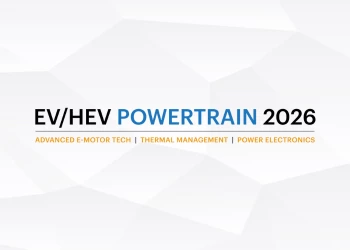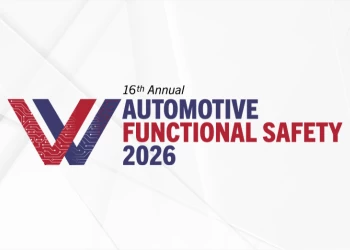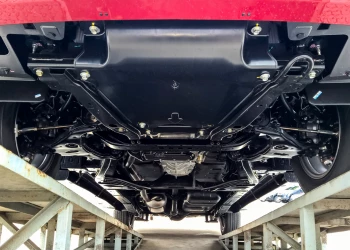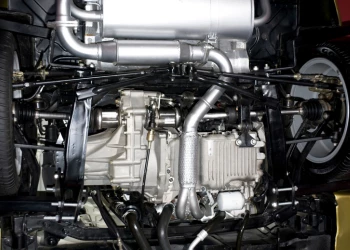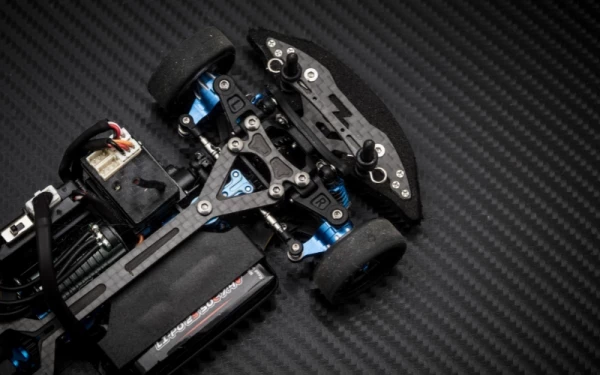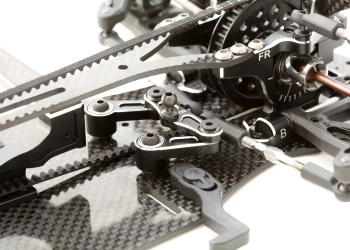Interview | Steer-By-Wire Updates for 2024
Innovations in Hardware Design, Technical Features, and User Experience
Add bookmark
Steer-By-Wire Updates for 2024: Innovations in Hardware Design, Technical Features, and User Experience
Automotive IQ interviewed event speaker, Martin Rittler, Solution Architect Vehicle Platform at Volvo Cars, focusing on the forefront of steer-by-wire (SbW) technology.
Martin sheds light on the cutting-edge innovations driving this shift to by-wire, emphasising the significance of redundancy and a centralised E/E architecture. Martin explains how these advancements are poised to enhance vehicle functionality, how steering manoeuvres can be improved and how the user can gain a better, more personalised steering experience. Moreover, Martin highlights the broader implications for manufacturing, including potential variant reduction and streamlined production flows. Finally, he stresses the critical importance of involving all stakeholders in the implementation process, acknowledging the wide-ranging impact of SbW technology on the automotive landscape.
Interview
Q: As investment in SbW technology continues, can you highlight some of the cutting-edge innovations that are currently meeting the demands for increased functionality?
A: One of the most cutting-edge innovations is connected to redundancy for the complete vehicle. mainly redundant power supplies, communication, and sensing. Each are highly required for SbW and other By-Wire solutions, like Brake-by-Wire, as well as for increased functionality within autonomous and assisted driving. Another innovation I see is a more centralised E/E architecture within the vehicle which will allow faster and increased focus on each function.
These innovations are mainly connected to a well-working and balanced degradation concept, active safety functionality, and collision avoidance, but also to better collaboration between the driver and the vehicle. I predict we will see many new functions in that area in the future.
Lastly, there are innovations coming in that are connected to the new possibilities with designing new interiors around SbW; you are no longer bound to LHD / RHD when implementing SbW correctly.
Q: From a hardware design perspective, what key technical features have been developed to enhance the performance of steer-by-wire systems?
A: Its redundancy has been improved, diversity could be a necessary step towards the SbW future to ensure safety and to avoid unnecessary vehicle breakdowns.
Q: How have these hardware innovations in steer-by-wire technology contributed to an improved overall customer/user experience?
A: Mainly, redundancy will allow the SbW technology to provide more distinct or more powerful maneuvers.
That itself will give the customer the chance to drive with quite high steering ratios in different driving scenarios. If we consider a driver’s hand positioning when parking, the new hardware innovations in SbW mean that the driver doesn’t have to change hand positions while parking, whereas today they would need to switch hand positions many times in order to park.
Another feature is stability control in sports cars, dynamic driving, or in corner cases where the driver might lose control over the vehicle. For the customer's benefit, OEMs will be able to offer customised steering functions.
Today, we need to achieve a good steering feel, steering precision, and stability, as there is the need to compensate for the mechanical connection between the steering gear and the steering column. With SbW you can define a steering feel however you want.
Q: Following on from this, are there any other new attributes and features that are needed to meet customer demands? How can these functions improve driver experience?
A: That is especially valid for the handwheel actuator. There will be increased demands on NVH and durability in order to meet the customer demands in terms of stability and control.
New functions for stability control, adapted steering feel, active safety functions, etc. will improve the overall driver experience. With these, the driver will be more in control of the vehicle or at least think that they are more in control of the vehicle, as the SbW system is supporting them with small adaptations that they might not be aware of. Overall, they can become a better driver.
Q: Could you elaborate on any further benefits that have been observed from implementing steer-bywire technology?
A: As we’ve discussed, there are many benefits that we’re seeing, but one that I haven’t mentioned so far is the impact on manufacturing. Variant reduction can be achieved if you do it correctly and it's also possible to optimise production flows by implementing SbW.
Q: Finally, based on your experience at Volvo Cars, what steps and strategies should be taken to implement advanced steer-by-wire technology into vehicles?
A: You need to involve every single stakeholder in this as SbW has such a huge impact on everything.
Everyone needs to be onboarded on this journey in order to make it happen. That is valid besides all the technical challenges that need to be solved for introducing SbW.
Steering Systems Europe
The 16th Automotive Steering Systems Europe 2024 returns to Munich, Germany, November 2024. Register here.

